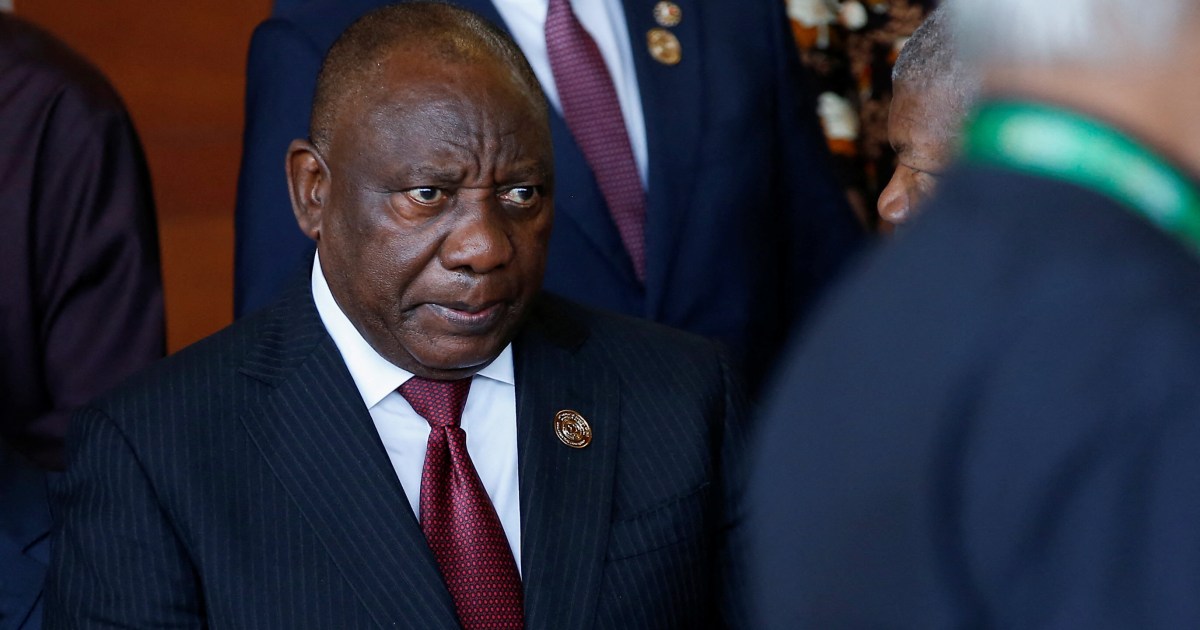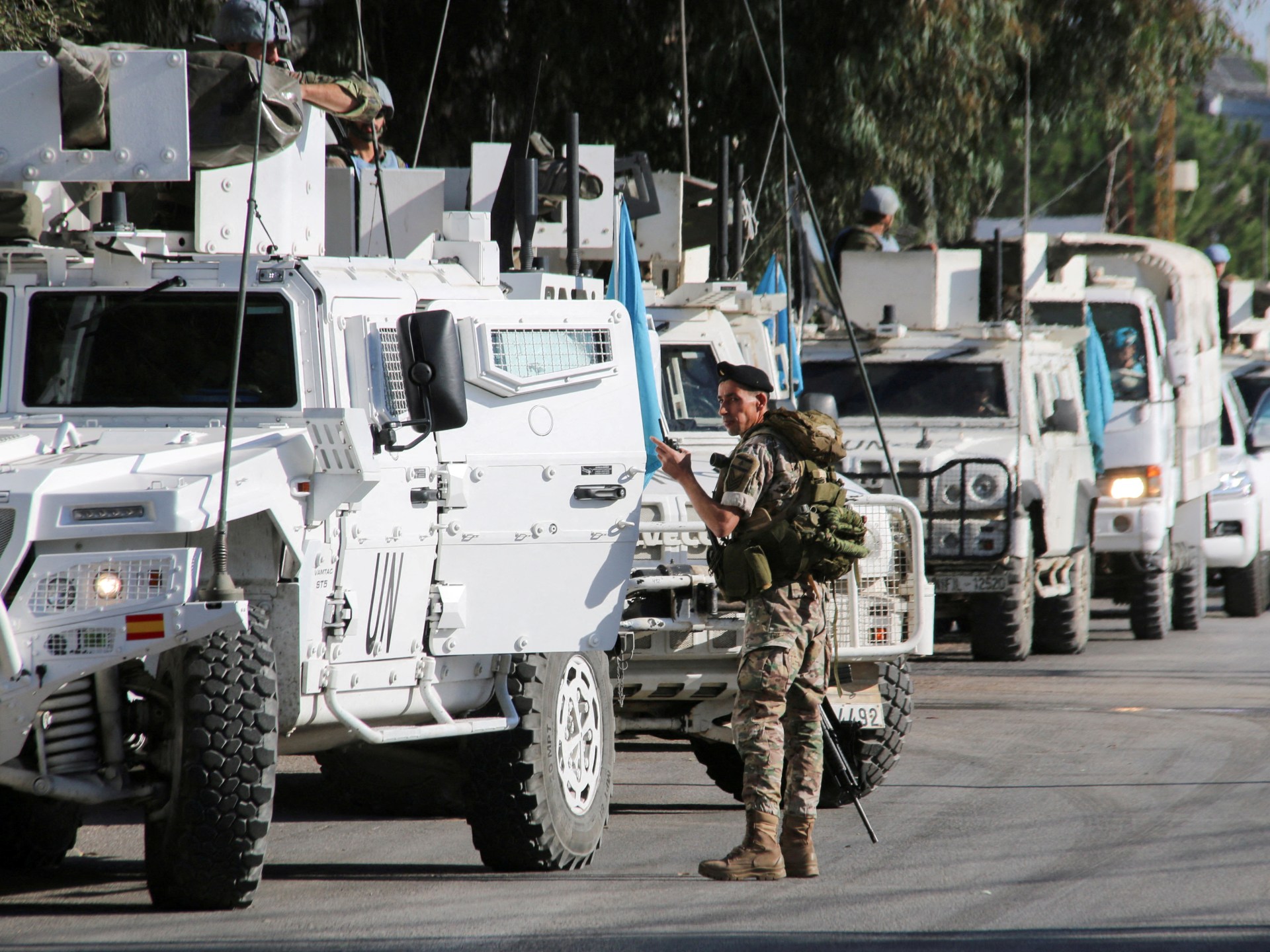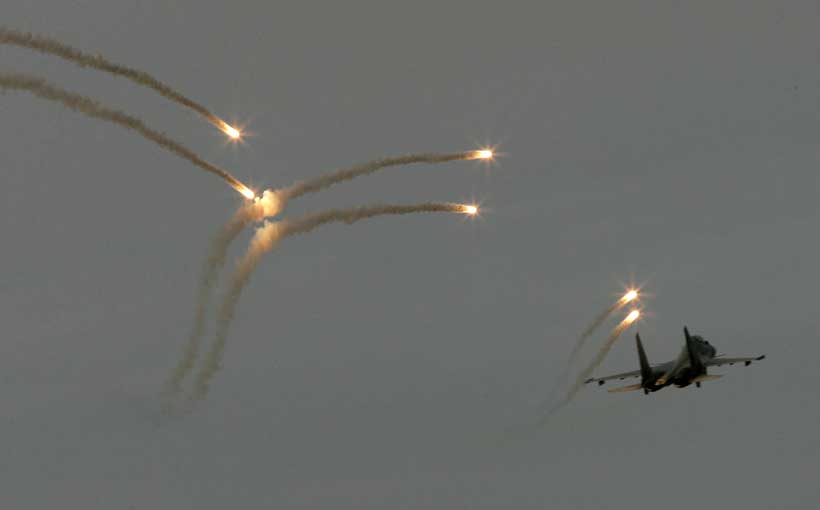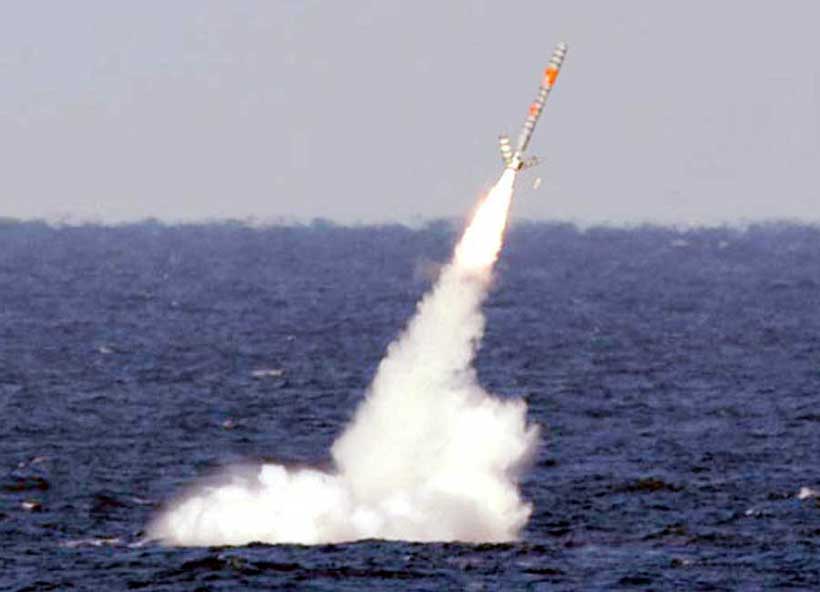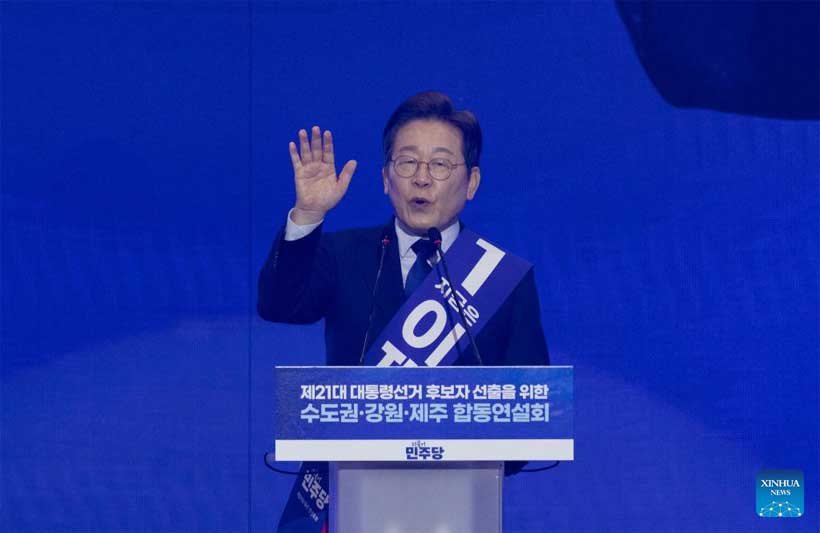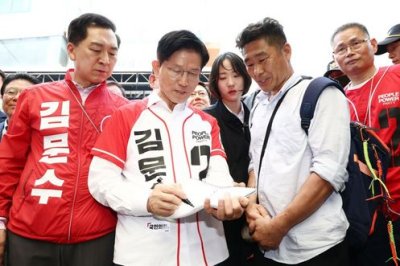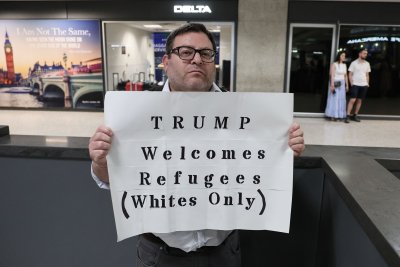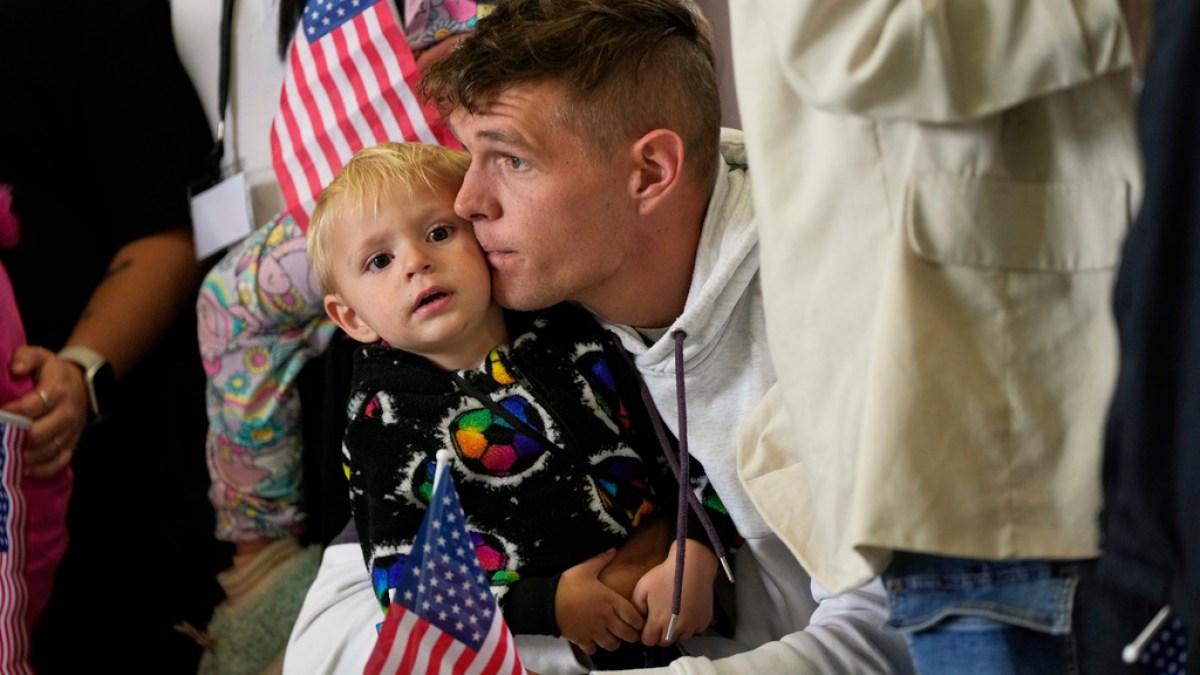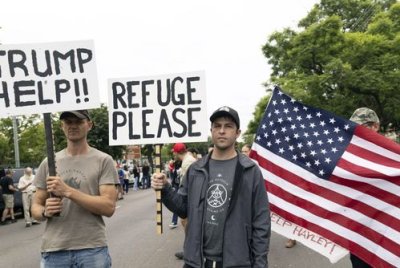South Africa’s Ramaphosa to meet Trump in US next week amid rising tensions | Politics News
Pretoria says the visit is to ‘reset’ ties with Washington, after the US welcomed dozens of white Afrikaners as refugees.
South African President Cyril Ramaphosa will meet United States President Donald Trump at the White House next week in an attempt to “reset” ties between the two countries, Pretoria has said.
The reported visit comes after the US welcomed dozens of white Afrikaners as refugees this week, following widely discredited allegations made by Trump that “genocide” is being committed against white farmers in the majority-Black country.
“President Ramaphosa will meet with President Donald Trump at the White House in Washington, DC to discuss bilateral, regional and global issues of interest,” South Africa’s presidency said in a statement on Wednesday.
“The president’s visit to the US provides a platform to reset the strategic relationship between the two countries,” it added, saying the trip will take place from Monday to Thursday and the two leaders will meet on Wednesday.
The White House had no immediate comment on the meeting, which would be Trump’s first with the leader of an African nation since he returned to office in January.
Relations between Pretoria and Washington have soured significantly since Trump returned to the White House.
Trump has criticised Ramaphosa’s government on multiple fronts. In February, he issued an executive order cutting all US funding to South Africa, citing disapproval of its land reform policy and its genocide case at the International Court of Justice (ICJ) against US ally Israel.
‘Wrong end of the stick’
Trump’s order also offered to take in and resettle people from the minority Afrikaner community, whom he alleges are being persecuted and killed because of their race – claims that have been disproven by experts and South Africa’s government.
Afrikaners are descendants of mainly Dutch colonisers who led the apartheid regime for nearly five decades.
Pretoria maintains there is no evidence of persecution of white people in the country and Ramaphosa has said the US government “has got the wrong end of the stick”, as South Africa suffers overall with the problem of violent crime, regardless of race.
The US’s criticism also appears to focus on South Africa’s affirmative action laws that advance opportunities for the majority-Black population, who were oppressed and disenfranchised under apartheid.
A new land expropriation law gives the government power to take land in the public interest without compensation in exceptional circumstances. Although Pretoria says the law is not a confiscation tool and refers to unused land that can be redistributed for the public good, some Afrikaner groups say it could allow their land to be redistributed to some of the country’s Black majority.
According to data, white people, who make up about 7 percent of South Africa’s population, own more than 70 percent of the land and occupy most top management positions in the country.
Ramaphosa has spoken repeatedly of his desire to engage with Trump diplomatically and improve the relationship between the two countries.
The US is South Africa’s second-largest bilateral trading partner after China.
